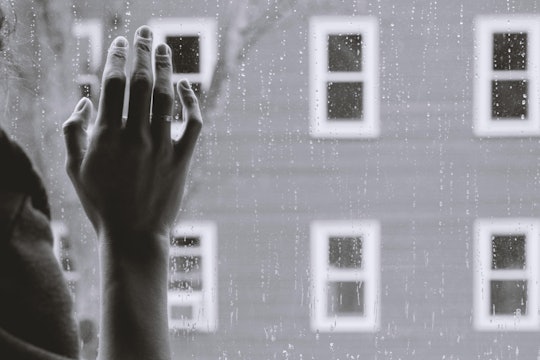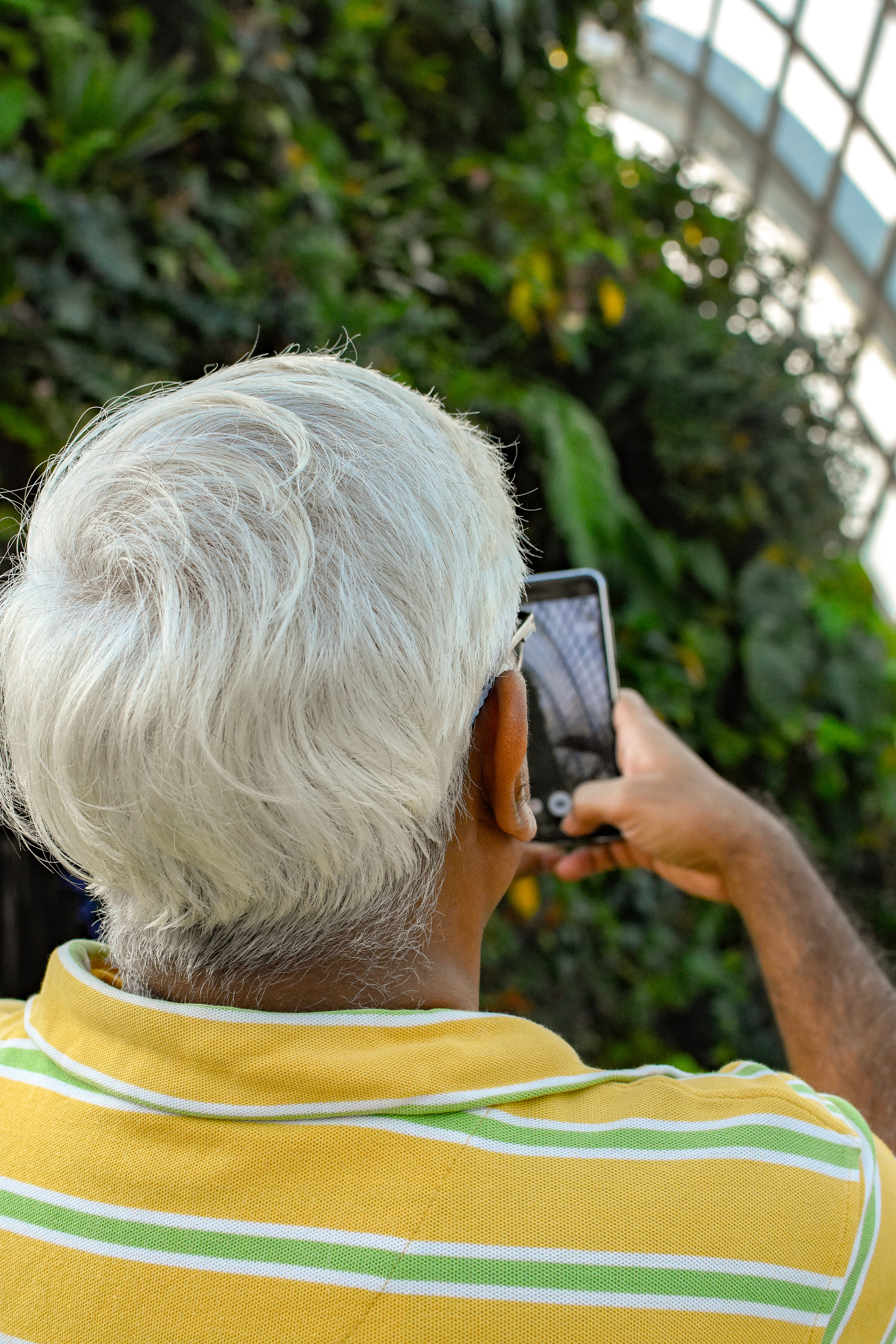
Photo by Kristina Tripkovic on Unsplash
Loneliness is an epidemic, and we can turn to technology to fix it
Loneliness is especially a problem for older adults. The solution? More inclusive design.
Our world is becoming increasingly lonely. More than one-third of Americans over the age of 45 report loneliness, particularly those under 25. Nor is it a problem limited to Americans: Over nine million British people "often or always" feel lonely, and South Africa, Japan, and Brazil rank in the top 10 loneliest countries in the world. Perhaps it is no surprise that about one-third of Americans over 65 also now live alone — and half of those over 85 do. The average number of people living in single-person homes is 31 percent in the UK, 50 percent in Paris, and an amazing 94 percent in midtown Manhattan. This has led experts to call the current share of people living alone “wholly unprecedented historically.”
But living in isolation isn't the only cause of loneliness. There are many factors that determine whether a person suffers from this feeling, including income and education level. An older adult, for example, can be surrounded by people and still feel very lonely. Older adults may also become socially isolated due to losing friends after death. Among American adults, a lack of social contacts is associated with an estimated USD 6.7 billion in additional federal healthcare spending each year.
Loneliness, in fact, is now considered an epidemic. The feeling is linked to low neuron count—nerve cells that transmit messages throughout the body— as well as other changes in brain function. It's a medical risk factor that has implications for personal, economic, and societal well being. Studies have linked loneliness to many serious health problems, such as dementia, heart disease, depression, and stroke. Other research reports chronic loneliness can be as or more life-threatening as obesity and smoking. One study even suggests loneliness can increase the risk of premature death by 30 percent—making it as dangerous as smoking 15 cigarettes a day.
Scientists are now running clinical trials on a pill to lessen the effects of loneliness. The medication is a neurosteroid called pregnenolone, which has been shown to alleviate stress-related disorders and reduce hypervigilance, a hallmark of anxiety. The study is currently in Phase 2 trials. Proponents argue that it's not much different than medication for depression, and that the overall goal is to make it easier to make friends. But many questions are still unanswered: What are the potential side effects? And more importantly, to what extent can we medicate these kinds of feelings?
Alternatively, a tech-enhanced life—meaning a quality of life improved through technology—might prove a better solution. New technologies, like Push to Talk, Alcove VR and Rendever are already on the market. These apps help connect caregivers to older adults, provide platforms for playing games online with others, or use virtual reality to help home-bound people continue to explore the world. Even existing tools, such as Alexa or Siri, could be better used to support healthy living. Voice services like this can encourage deep interaction with family and friends through voice and video calls. These connections are especially crucial, and fostering them digitally can help lead to increased in-person interactions.
That's true for more than just older adults: A tech-enhanced life can also help improve offline social networks. Meetup, for instance, is a service used to organize online groups that host in-person events for people with similar interests.

Technology can help combat loneliness, and more tech companies should cater older adults
Photo by Gervyn Louis on Unsplash
While there's a stereotype that older adults are distrustful of technology, this is far from the truth. The vast majority of people over 65 have a cellphone, and data from 2015 show that the greatest consumer group of Apple devices are men over 65. Increasing numbers of older adults are accessing the Internet, even if they use significantly fewer digital applications and spend less time online than younger adults. But they're an unrecognized consumer: More companies need to engage older adults and design products for their needs. There are more people over 65 than children younger under 5 for the first time in human history. Companies would be wise to target this growing demographic, including people with dementia and people with disabilities.
We still need to have a larger conversation around affordability, access to internet and technology, and who pays for innovations like virtual reality. But technology has the opportunity to make many older people's lives better. The goal is not to increase technology addiction, but to use it as a force for positive change. To combat loneliness as a public health crisis, researchers, policymakers, and technology developers need to work together to ensure that everyone gains from innovation. Technology is an ever bigger part of everyday reality. Let’s use it to live longer and happier lives.




This is a really interesting piece, with a general overview of the use of medicine and technology to prevent loneliness.
When I first read the title, I thought you were referring to a new app that acts as if it’s your virtual “imaginary friend”. Although the aim of these apps is to befriend the lonely person so they have somebody to speak to, it’s not the same as human interaction. So apps that encourage and facilitate interactions between family and friends (as you’ve listed) are much more beneficial to prevent loneliness. As someone who studied science and technology studies, I’m also a bit skeptical of how, if and where these apps store your personal information and how it’s protected.
I do feel that pregnenolone is like an anti-depression pill but I cannot imagine how it would be able to make an introverted person more extroverted because it is such a big part of our personalities. Surely a pill cannot change this like a flip of a button?